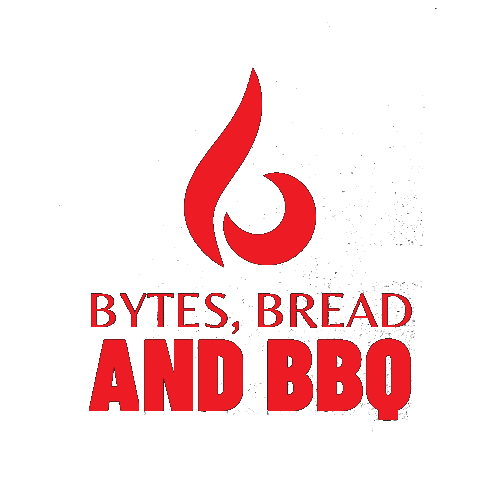So you’ve decided to jump into the wild world of Linux. Congratulations! You’re about to join millions of keyboard warriors, open-source lovers, and yes, people who bake their own bread and occasionally fire up a grill while coding. But before you get all cozy in the terminal, there’s one big question looming over you like smoke on a brisket:
Which Linux distro should I choose?
Fear not, fellow tech explorer. This guide will walk you through the maze of distributions, serve up the basics, and recommend a couple of beginner-friendly choices that won’t have you crying over dependencies or package managers. Plus, a sprinkle of humor — because life’s better when you laugh at error messages.
What’s a Distro Anyway?
Short for “distribution,” a Linux distro is basically a full Linux operating system, packaged with everything you need—kernel, desktop environment, applications, and sometimes even cat videos (okay, maybe not officially). Each distro has its own personality, package manager, and community. Think of it like choosing your bread: sourdough, rye, or a baguette. They all get you fed, but the flavor and texture differ.
Beginner’s Picks: Ubuntu and Linux Mint
If you’re just starting out and want something that works out of the box without turning your hair gray, these two are your best friends.
Ubuntu
- Pros:
- Huge community and tons of tutorials (including mine, of course).
- Software and hardware compatibility is top-notch.
- Regular releases with long-term support (LTS) versions that don’t abandon you mid-project.
- Software Center that’s as easy as app stores on your phone.
- Cons:
- Some folks say it’s too “mainstream” and lacks the purist Linux vibe.
- Uses GNOME desktop, which might feel unfamiliar if you’re used to Windows or macOS.
- Occasionally ships with some proprietary stuff, which Linux purists raise an eyebrow at.
Linux Mint
- Pros:
- Based on Ubuntu, so you get the same great support with a more traditional desktop feel.
- Cinnamon desktop is super user-friendly, especially if you’re migrating from Windows.
- Light on resource use — great if your computer is a little long in the tooth.
- Has a “minty fresh” vibe (okay, that’s just me).
- Cons:
- Slightly smaller community than Ubuntu, but still very active.
- Sometimes slower to adopt the very latest software versions.
- If you like to tinker, it might hide some advanced options by default.
Intermediate & Power User Distros: For When You Want to Level Up
Fedora
- Pros:
- Cutting-edge software and technologies.
- Backed by Red Hat, great for those interested in enterprise Linux.
- Focus on free and open-source software.
- Cons:
- More frequent updates can sometimes break things.
- Not always the most beginner-friendly.
Debian
- Pros:
- Rock-solid stability.
- Huge repository of packages.
- Base for many other distros (including Ubuntu).
- Cons:
- Releases are slower—less ideal if you want the latest and greatest.
- Installation can be a bit intimidating for newbies.
Arch Linux
- Pros:
- Ultimate control — build your system from the ground up.
- Rolling release means your software is always current.
- Fantastic documentation (Arch Wiki is legendary).
- Cons:
- Steep learning curve — not for the faint of heart.
- Requires manual configuration and troubleshooting.
Specialty Distros: Niche But Neat
- Kali Linux: Security testing and hacking tools out-of-the-box. (For ethical hackers, not beginners.)
- Elementary OS: Beautiful, Mac-like interface, great for users who want aesthetics and simplicity.
- Pop!_OS: Made by System76, great for gamers and developers alike.
How to Pick Your Perfect Distro?
- Start with your skill level. Beginners: Ubuntu or Linux Mint.
- Think about your hardware. Older computers might love Mint or Debian.
- Consider what you want to do. Development? Gaming? Privacy? There’s a distro for that.
- Try before you install. Use live USBs or virtual machines to test-drive without commitment.
- Don’t be afraid to experiment. Worst case, you break something and learn a lot!
Final Thoughts: The Linux Breadbasket
Choosing a Linux distro can feel like standing in front of a bakery case overwhelmed by bread options. But once you find your favorite loaf — or in this case, your favorite distro — the world of Linux opens up delicious possibilities.
Start simple with Ubuntu or Linux Mint, and before you know it, you’ll be scripting in Bash, baking perfect sourdough, and firing up your grill—all while your computer hums along happily under the hood.







